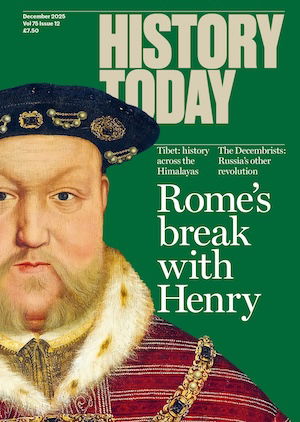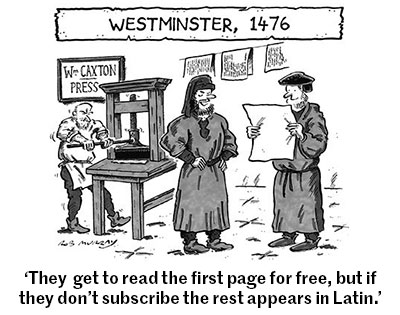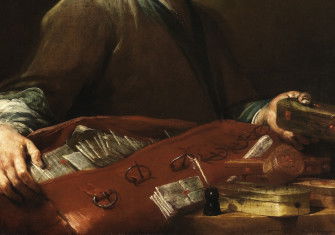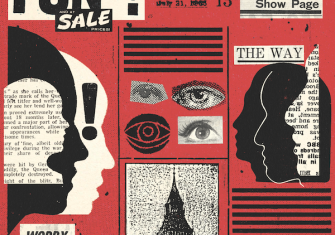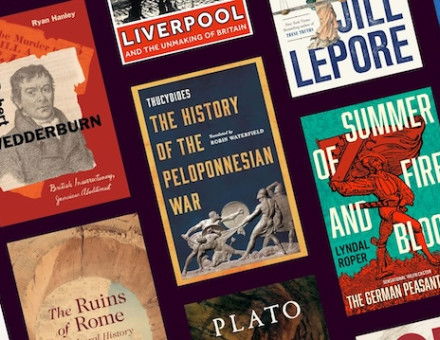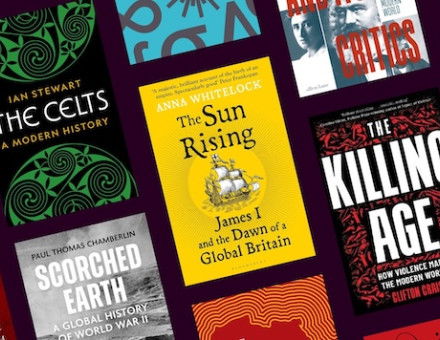The Speed of Early Modern News
How did Western Europe learn of the fall of Constantinople, the loss of Negroponte, and the Ottoman defeat at Lepanto? In the early modern era all news was slow news.
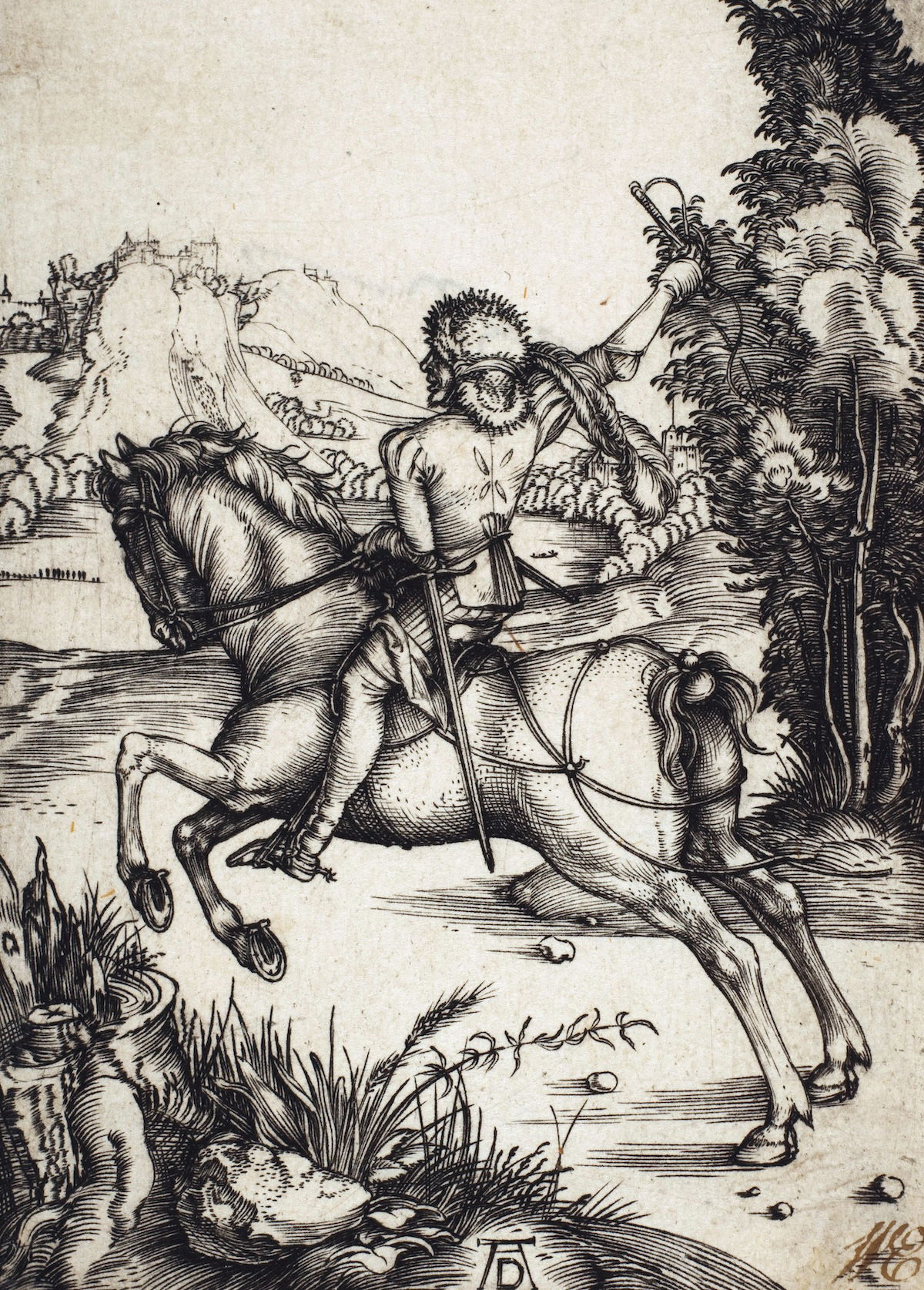
In 1453 the Orthodox city of Constantinople, capital of the Eastern Roman Empire, fell to the forces of Mehmed II. Christians fled and the city began its transformation into the seat of the Ottoman Empire. At around the same time, roughly 1,900 km away in Mainz, Johannes Gutenberg printed his Bible using movable type and deep black ink. These two events, which would by slow progression come to shape the modern world, were unconnected. News of the city’s capture spread by word of mouth and handwritten letter, carried by foot, horse, and pigeon. Europe responded slowly.

